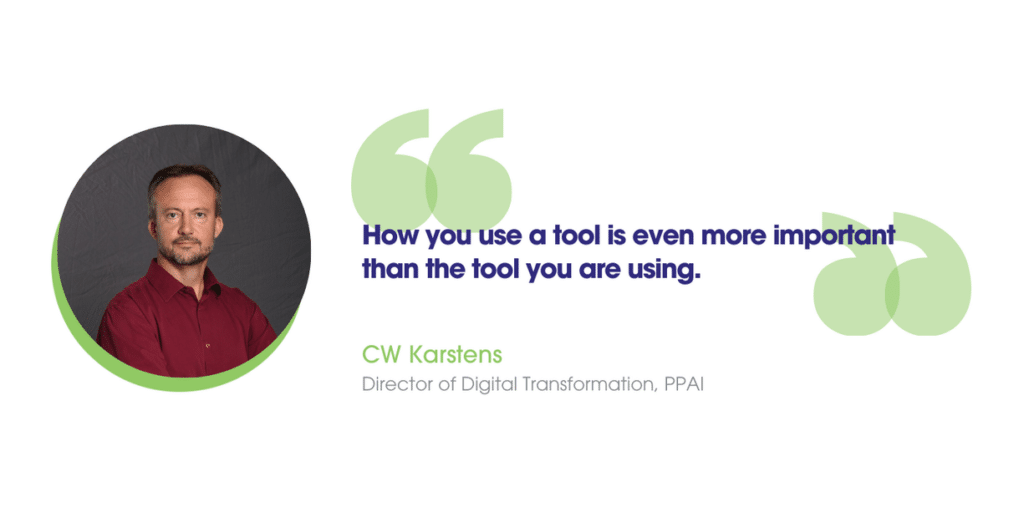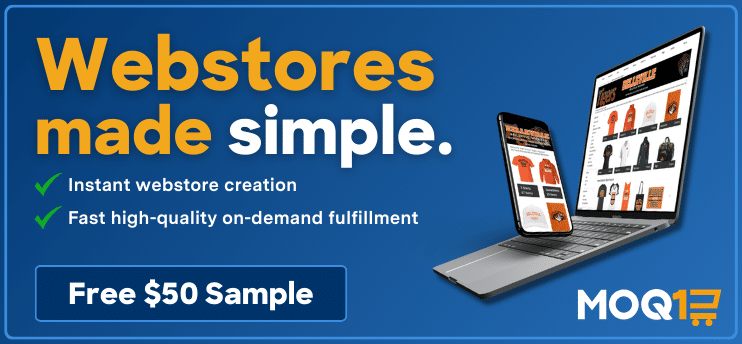A lot of individuals and organizations put all sorts of effort into choosing which technology tool they will implement to solve a problem or maintain a certain level of growth or consistency. And for good reason: There will be a trickle-down in process depending on which direction you go, well past the IT department and sometimes all the way to the customer level.
But I can let you in on a little secret when it comes to choosing the right software tool: How you use a tool is even more important than the tool you are using. The most advanced software can be rendered ineffective if not used properly, while even a basic tool can deliver exceptional results when applied strategically.

Why Usage Matters Most
Technology requires intention. Without knowing what you want to accomplish and having a flexible but considered idea of what that process would look like in an ideal world, software technology can be reduced to something that doesn’t exactly impress anyone – or, more significantly, does not help your organization.
Below are six reasons why the how is more important than the what when it comes to software tools.
Alignment with goals: The effectiveness of a software tool depends on how well it aligns with your specific goals and workflows. Understanding your objectives and configuring the tool to meet those needs is more critical than the tool’s inherent capabilities.
User proficiency: A technology tool is only as good as the person executing it. The tool’s potential is unlocked by the users. Proper training, practice and a deep understanding of the tool’s features enable users to leverage its full capabilities. A sophisticated tool in the hands of an untrained user might lead to inefficiencies, whereas a simple tool used expertly can enhance productivity.
Customization and optimization: Many software tools offer customization options. How you configure workflows, set up automations and customize fields or dashboards can significantly impact the tool’s efficiency. Tailoring the software to fit your team’s specific processes often has a greater impact than the tool’s default functionality.
Consistency and discipline: The consistent and disciplined use of a software tool ensures that everyone is on the same page, data is accurately captured and workflows run smoothly. The best tool won’t add value if it’s only used sporadically or without adherence to best practices.
Integration with other tools: The ability to integrate the software with other tools and systems in your organization is crucial. Even a less feature-rich tool can be powerful if it integrates well with other tools and supports a cohesive workflow.
Focus on problem-solving: Software tools should serve as enablers for solving real business problems. Focusing on how the tool helps achieve results, rather than getting caught up in its technical specifications, leads to better outcomes.
The software tool you choose is important, but the impact it has on your work largely depends on how you use it. Next month, I will provide a case study of these ideas in action by discussing a recent software implementation we undertook at PPAI.
Karstens is the director of digital transformation at PPAI.


